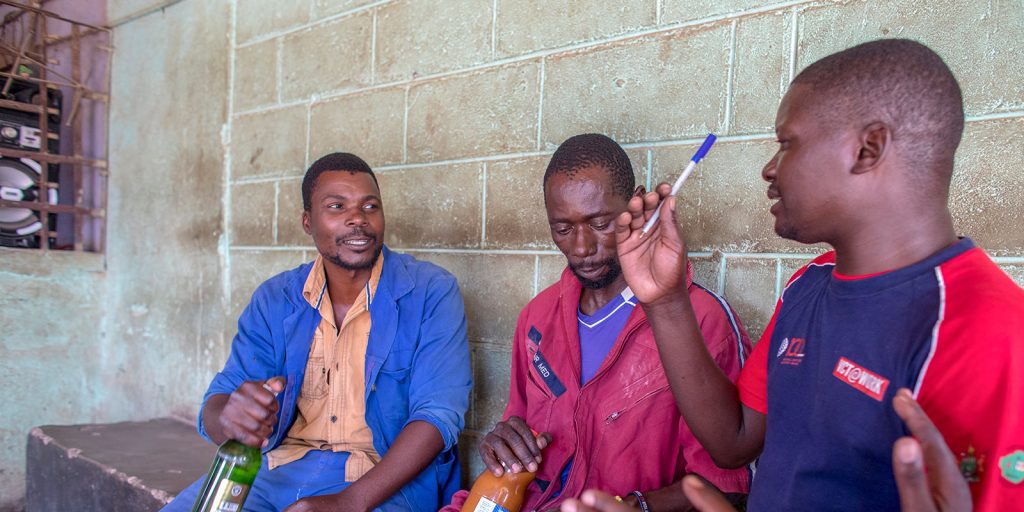Estimates of global, regional, and national incidence, prevalence, and mortality of HIV, 1980–2015: the Global Burden of Disease Study 2015
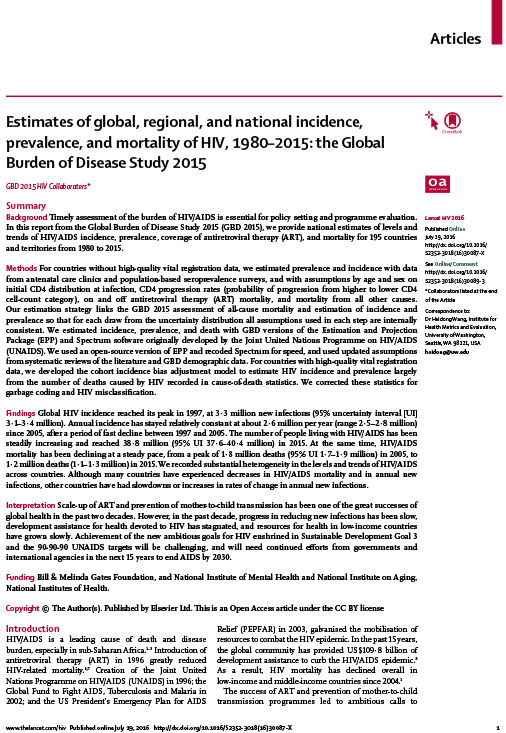
Towards a male-centered model of care: understanding male preferences and barriers to HIV care in Khayelitsha, South Africa.
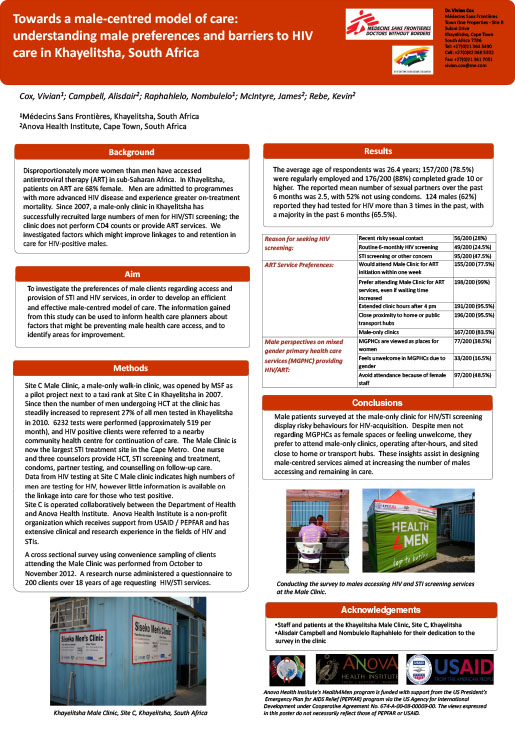
Disproportionately more women than men have accessed antiretroviral therapy (ART) in sub-Saharan Africa. In Khayelitsha, patients on ART are 68% female. Men are admitted to programmes with more advanced HIV disease and experience greater on-treatment mortality. Since 2007, a male-only clinic in Khayelitsha has successfully recruited large numbers of men for HIV/STI screening; the clinic […]
Modelling the demographic impact of HIV/AIDS in South Africa and the likely impact of interventions
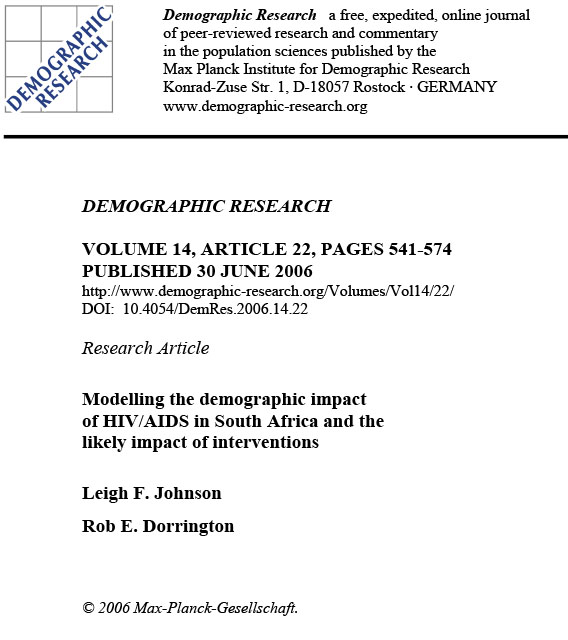
This paper describes an approach to incorporating the impact of HIV/AIDS and the effects of HIV/AIDS prevention and treatment programmes into a cohort component projection model of the South African population. The modelled HIV-positive population is divided into clinical and treatment stages, and it is demonstrated that the age profile and morbidity profile of the […]
The HIV Blind Spot: Men and HIV Testing, Treatment and Care in Sub-Saharan Africa
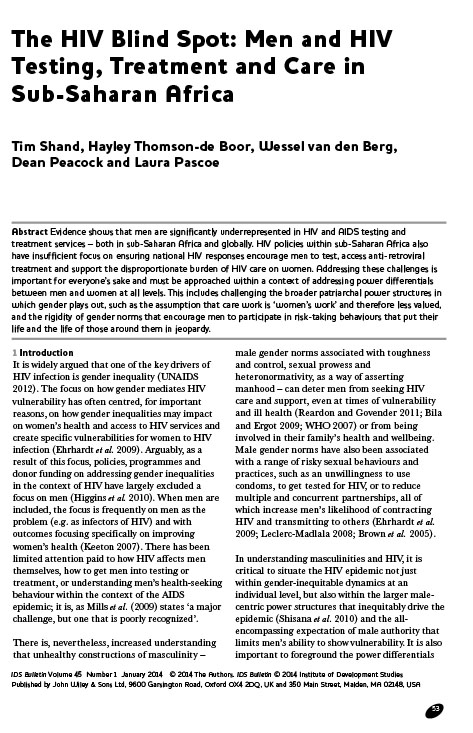
Evidence shows that men are significantly underrepresented in HIV and AIDS testing and treatment services – both in sub-Saharan Africa and globally. HIV policies within sub-Saharan Africa also have insufficient focus on ensuring national HIV responses encourage men to test, access anti-retroviral treatment and support the disproportionate burden of HIV care on women. Addressing these […]
Expanding HIV care in Africa: making men matter
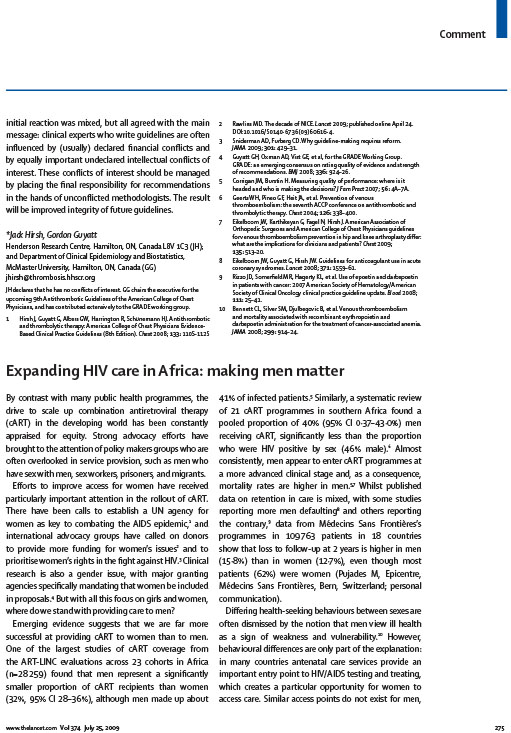
By contrast with many public health programmes, the drive to scale up combination antiretroviral therapy (cART) in the developing world has been constantly appraised for equity. Strong advocacy eff orts have brought to the attention of policy makers groups who are often overlooked in service provision, such as men who have sex with men, sex […]
Men’s heightened risk of AIDS-related death: the legacy of gendered HIV testing and treatment strategies

Women are frequently depicted as the face of AIDS in sub-Saharan Africa (SAA), where they comprise nearly 58% of all reported HIV infections. Donor dollars, policies and HIV programmes have followed suit, resulting in a near-exclusive focus on women. Although African women are represented as particularly vulnerable to HIV infection, it is men, not women, […]
Community-based strategies to strengthen men’s engagement in the HIV care cascade in sub-Saharan Africa

The successful scale-up of antiretroviral therapy (ART) in sub-Saharan Africa (SSA) will require policy makers to address the gender gap in HIV testing and treatment access. Men in SSA are less likely than women to undergo HIV testing and more likely to start ART at advanced disease stages and interrupt or drop out of ART. […]
Development of a National Campaign Addressing South African Men’s Fears About HIV Counseling and Testing and Antiretroviral Treatment
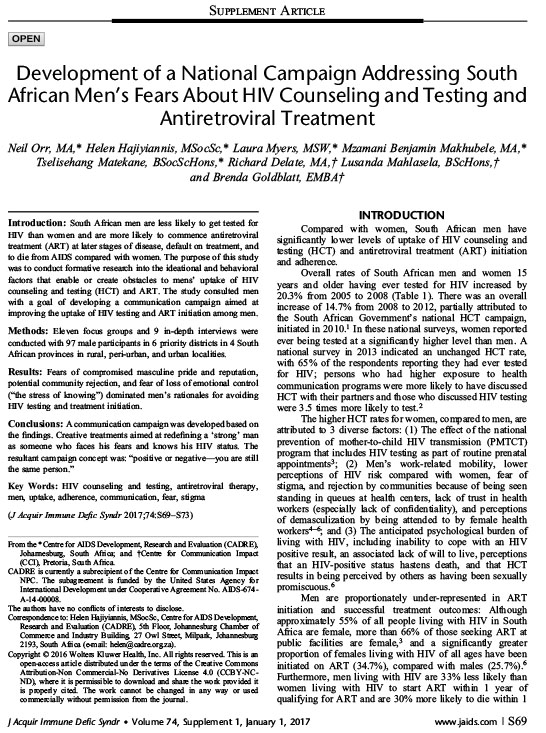
South African men are less likely to get tested for HIV than women and are more likely to commence antiretroviral treatment (ART) at later stages of disease, default on treatment, and to die from AIDS compared with women. The purpose of this study was to conduct formative research into the ideational and behavioral factors that […]
Reframing the approach to heterosexual men in the HIV epidemic in sub-Saharan Africa

Despite the body of evidence on heterosexual men’s inequitable access to HIV prevention, testing and antiretroviral therapy (ART), and poorer viral suppression in sub-Saharan Africa (SSA), public health responses to address this gap remain surprisingly sparse. Gender stereotypes prevail, implicitly blaming men for infecting women with HIV, and for their own health outcomes due to […]
Adherence
